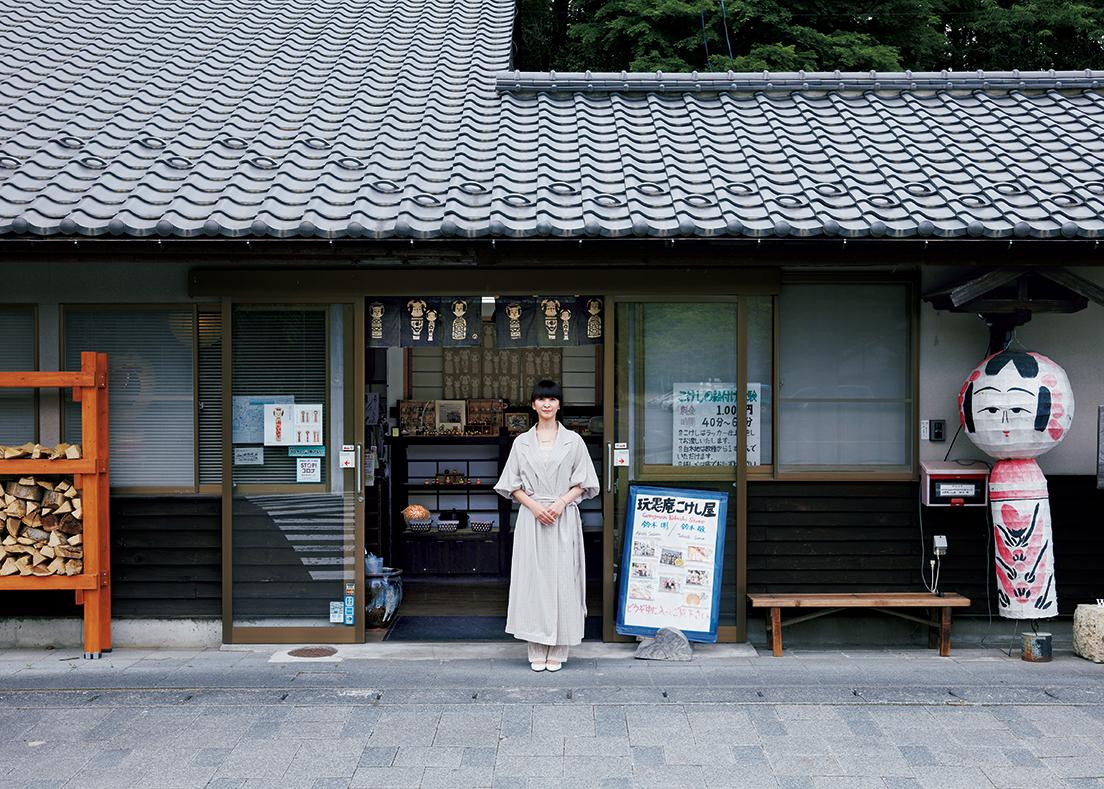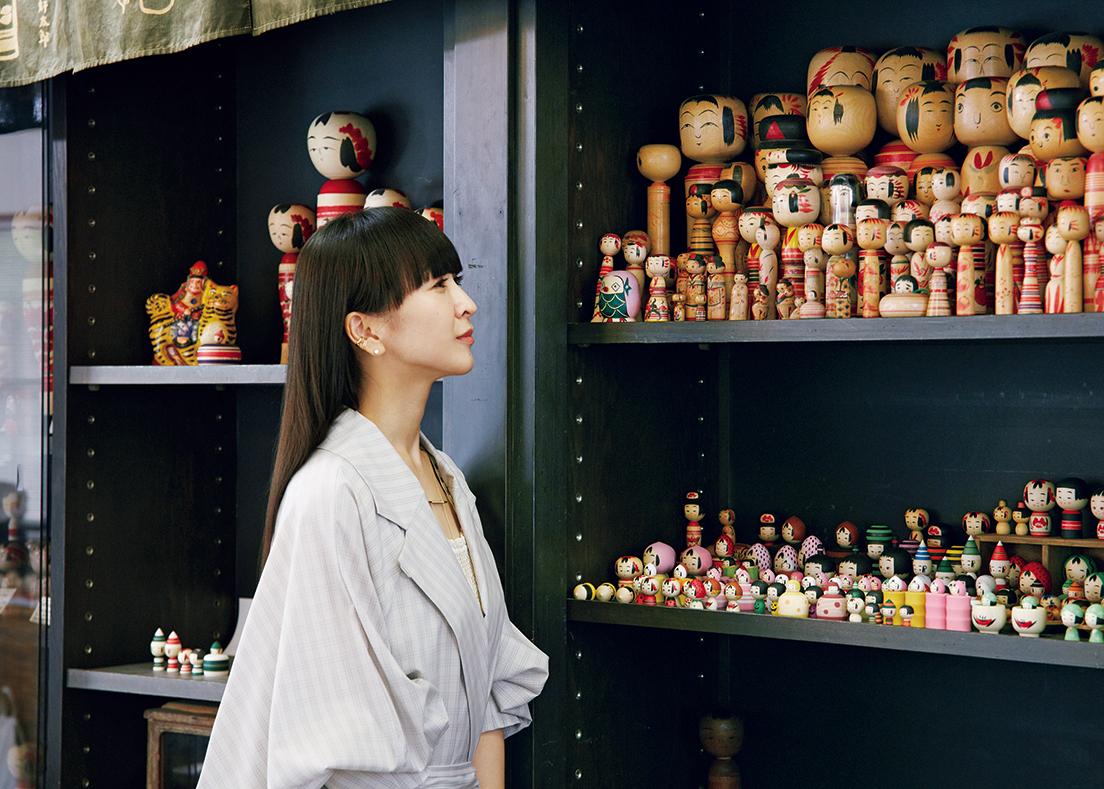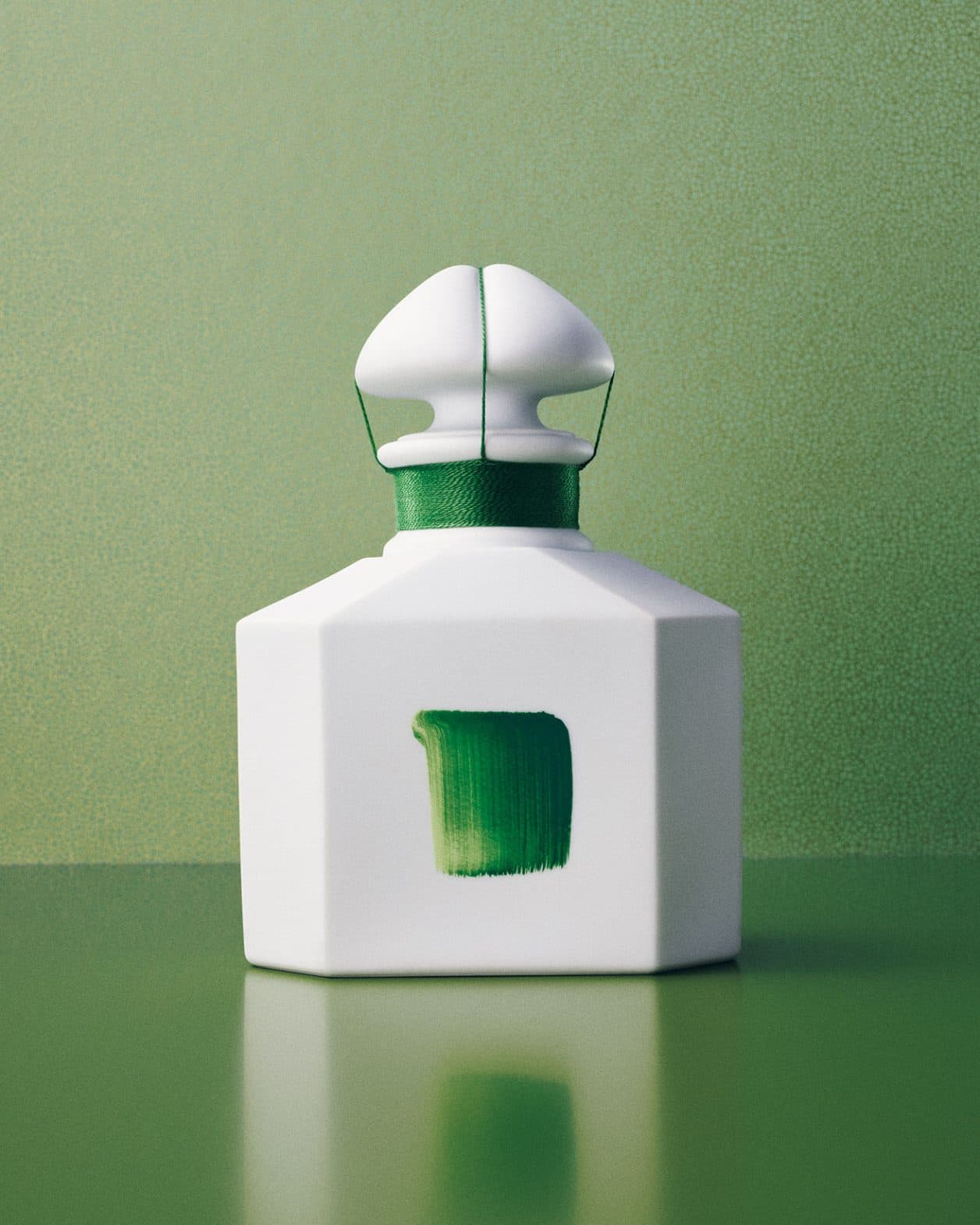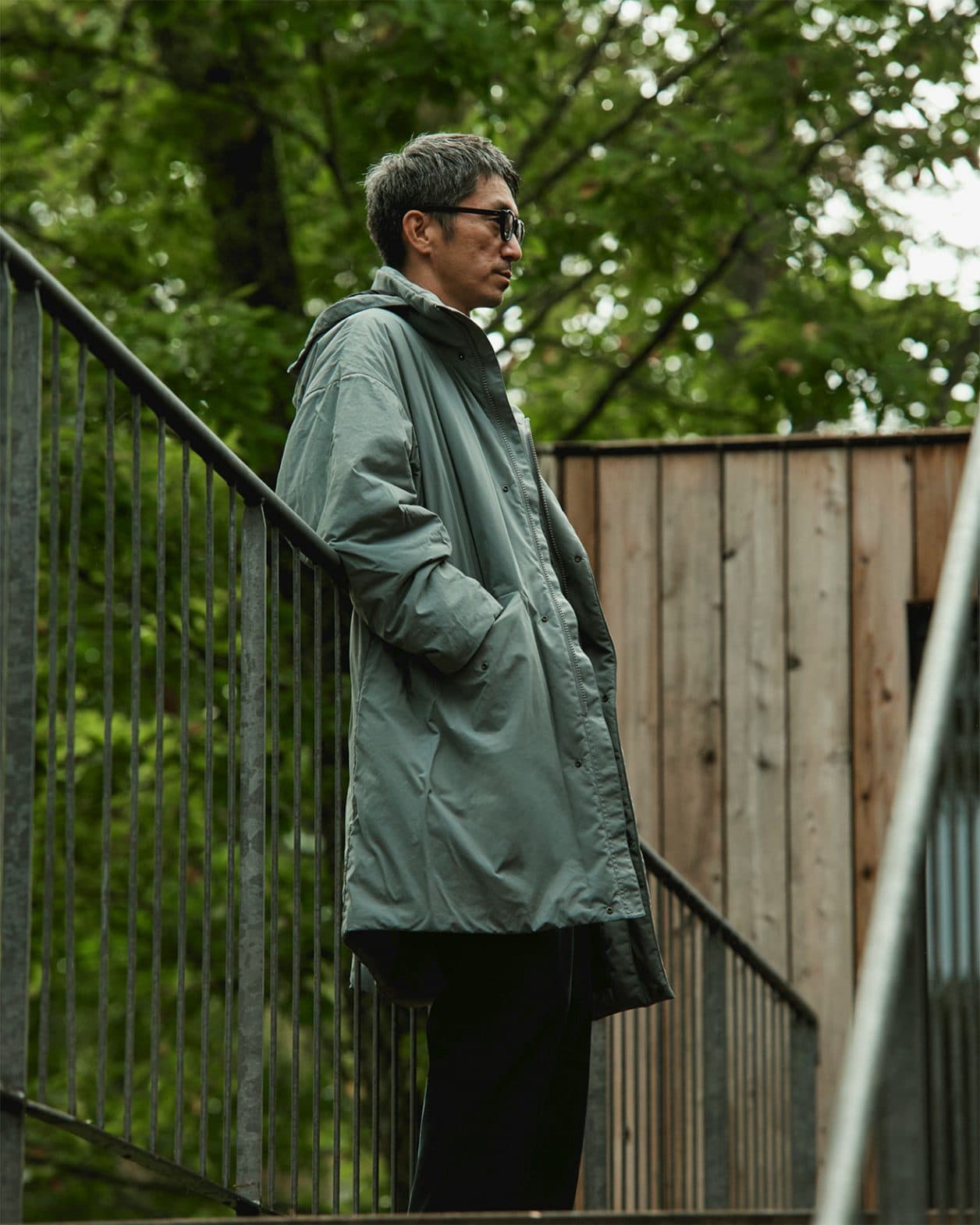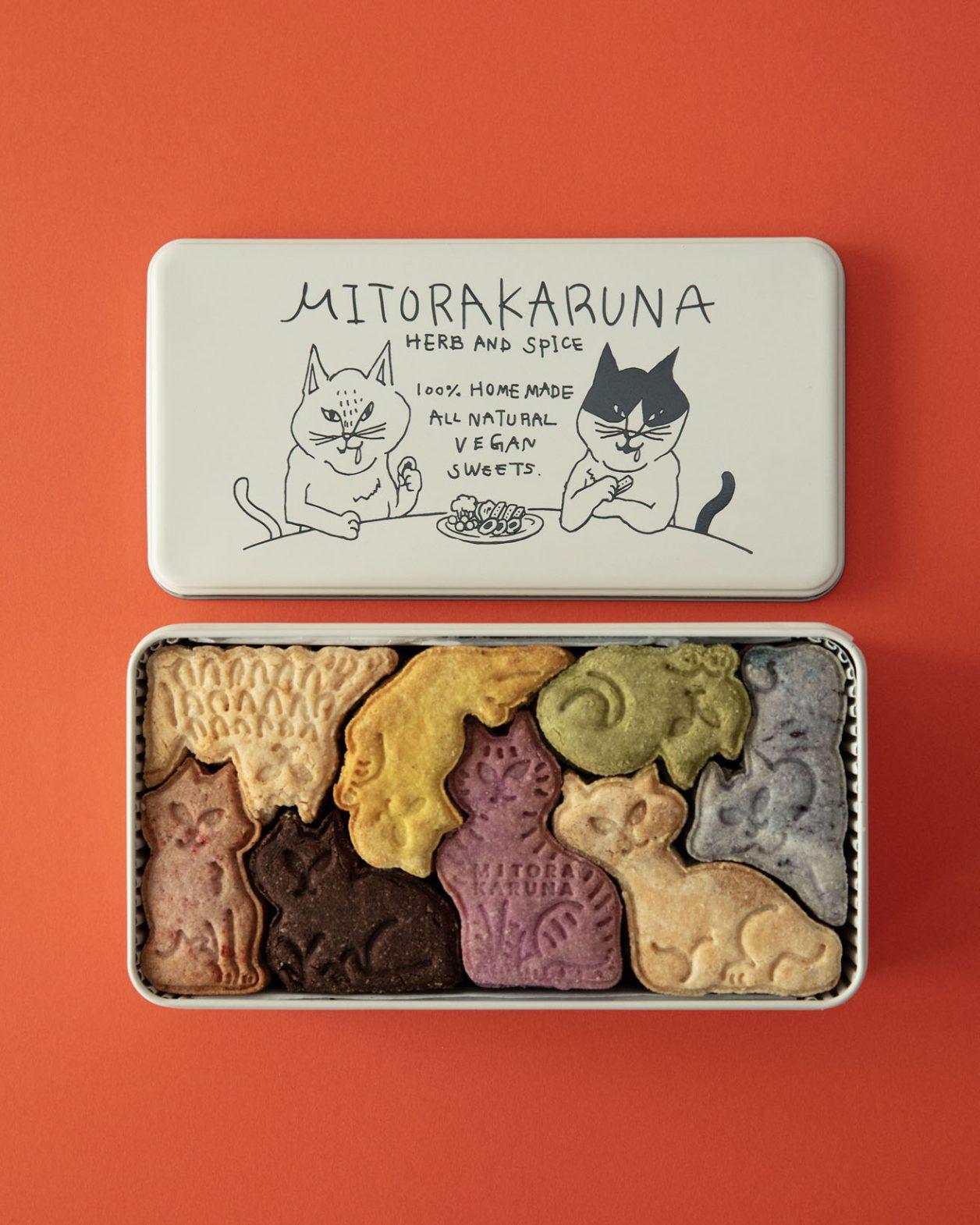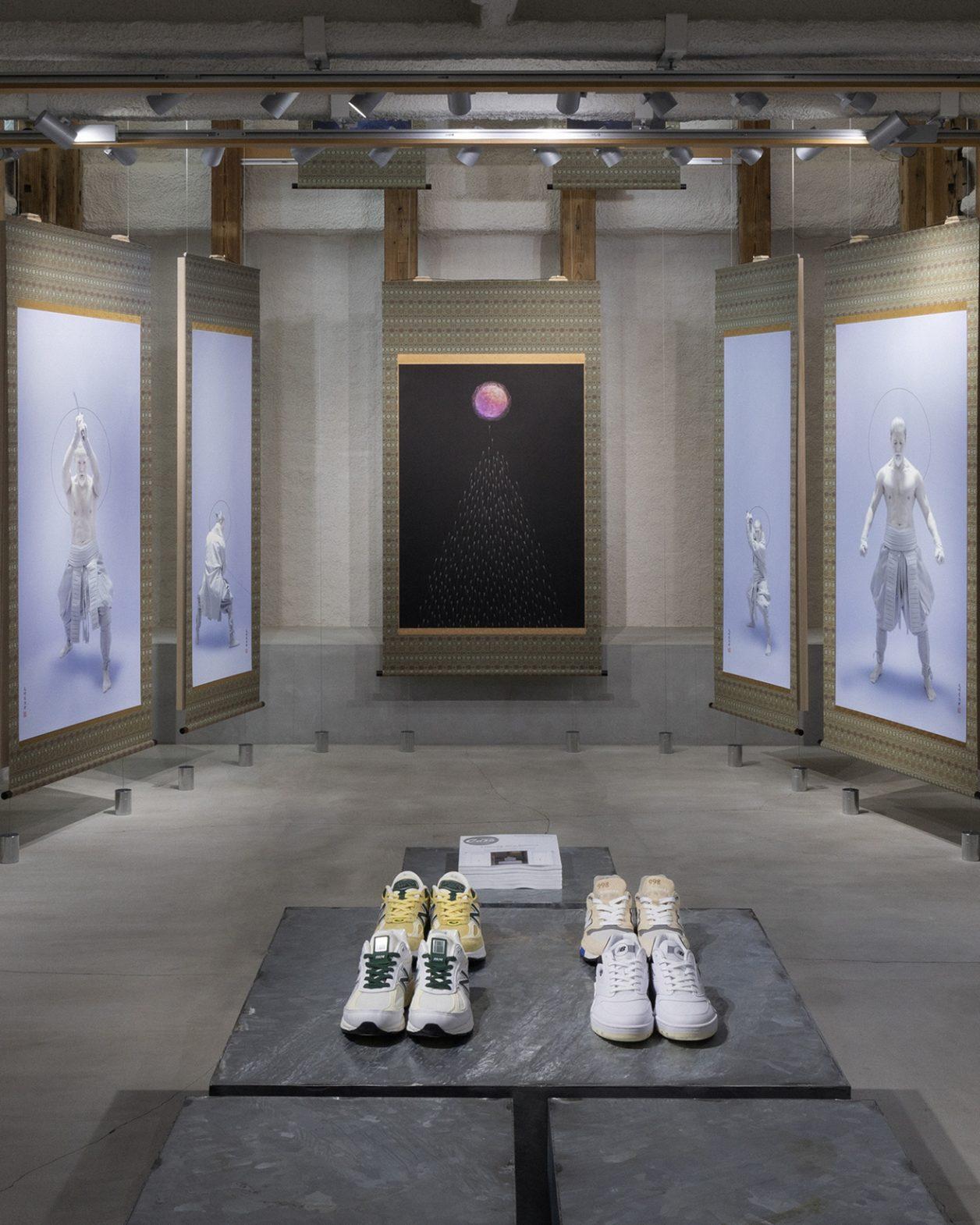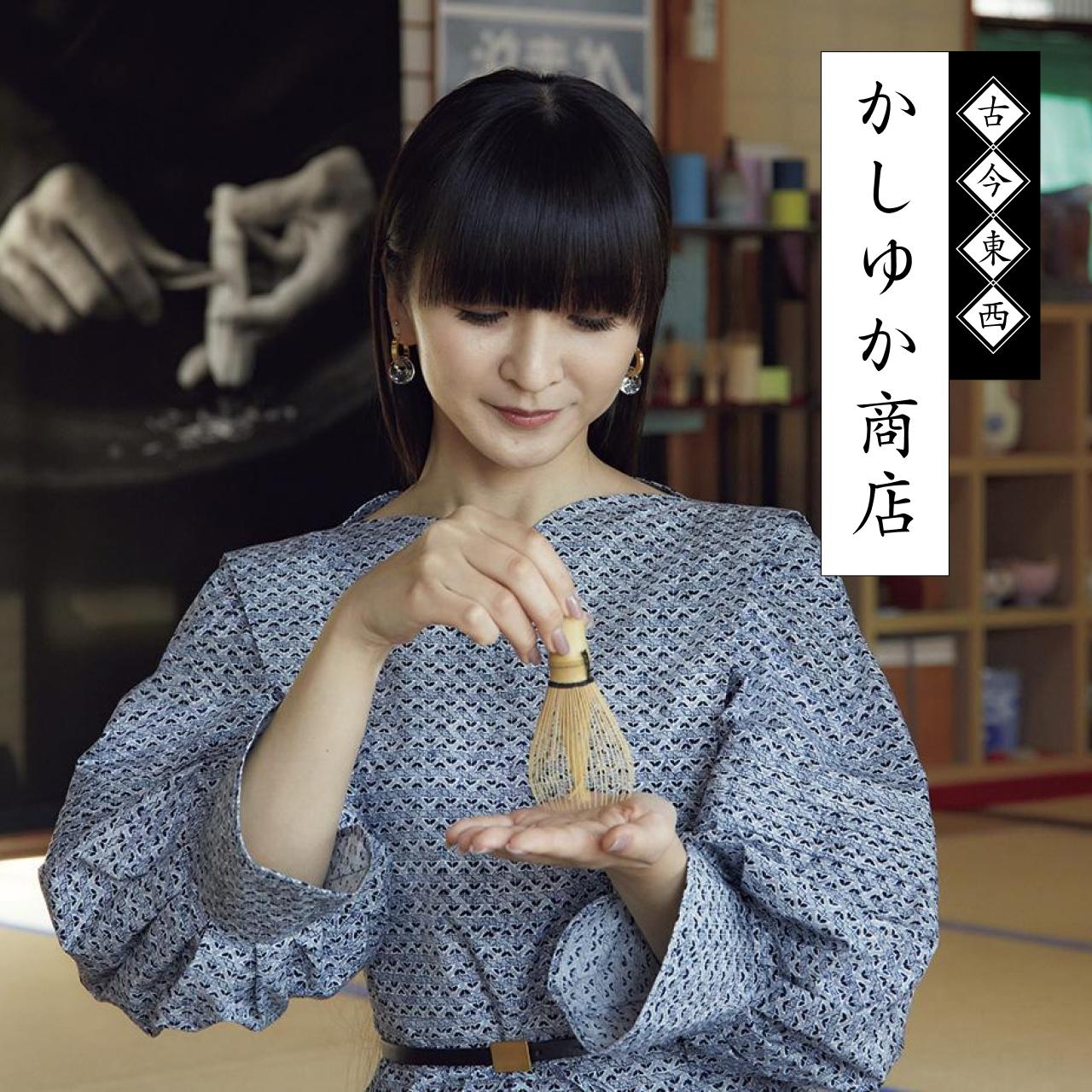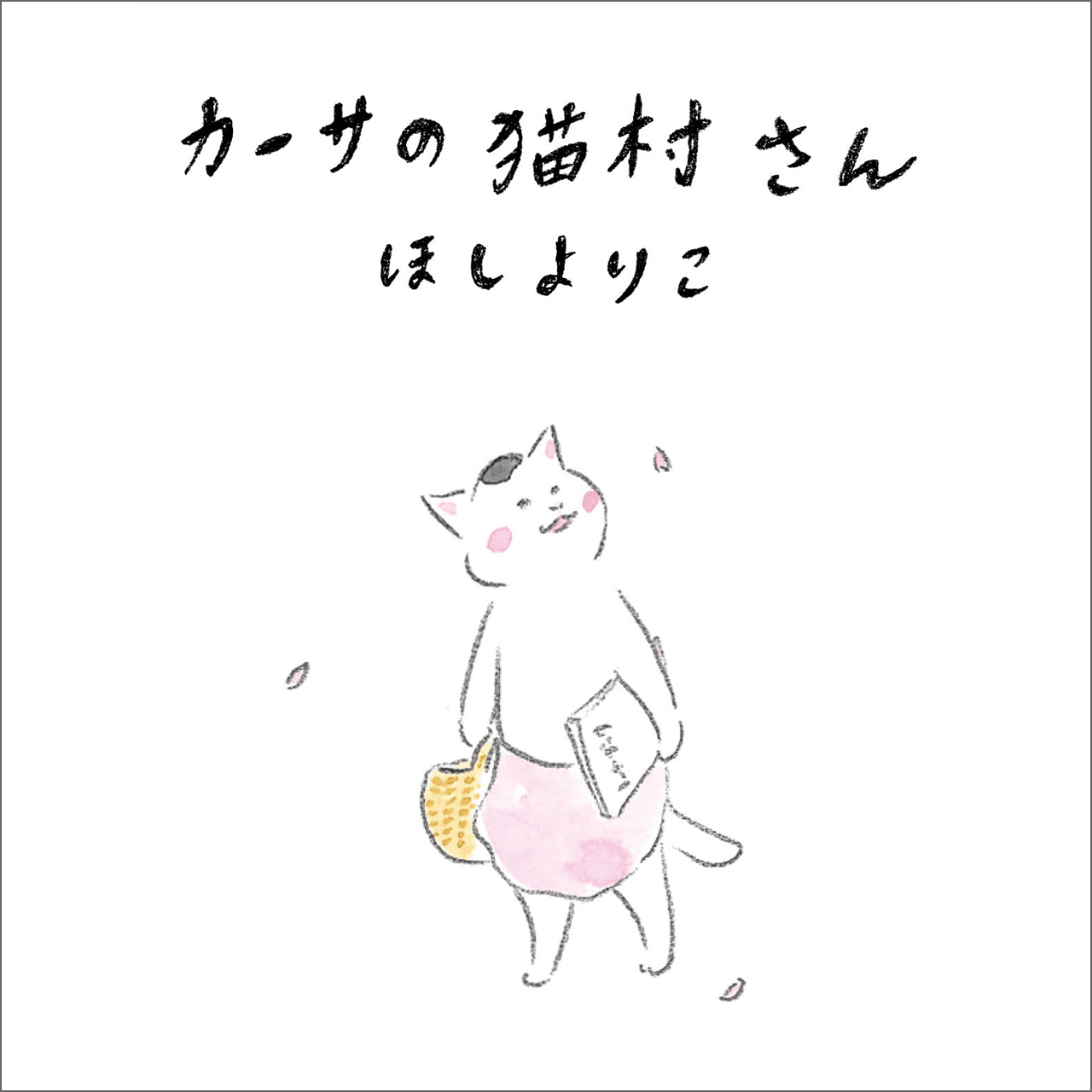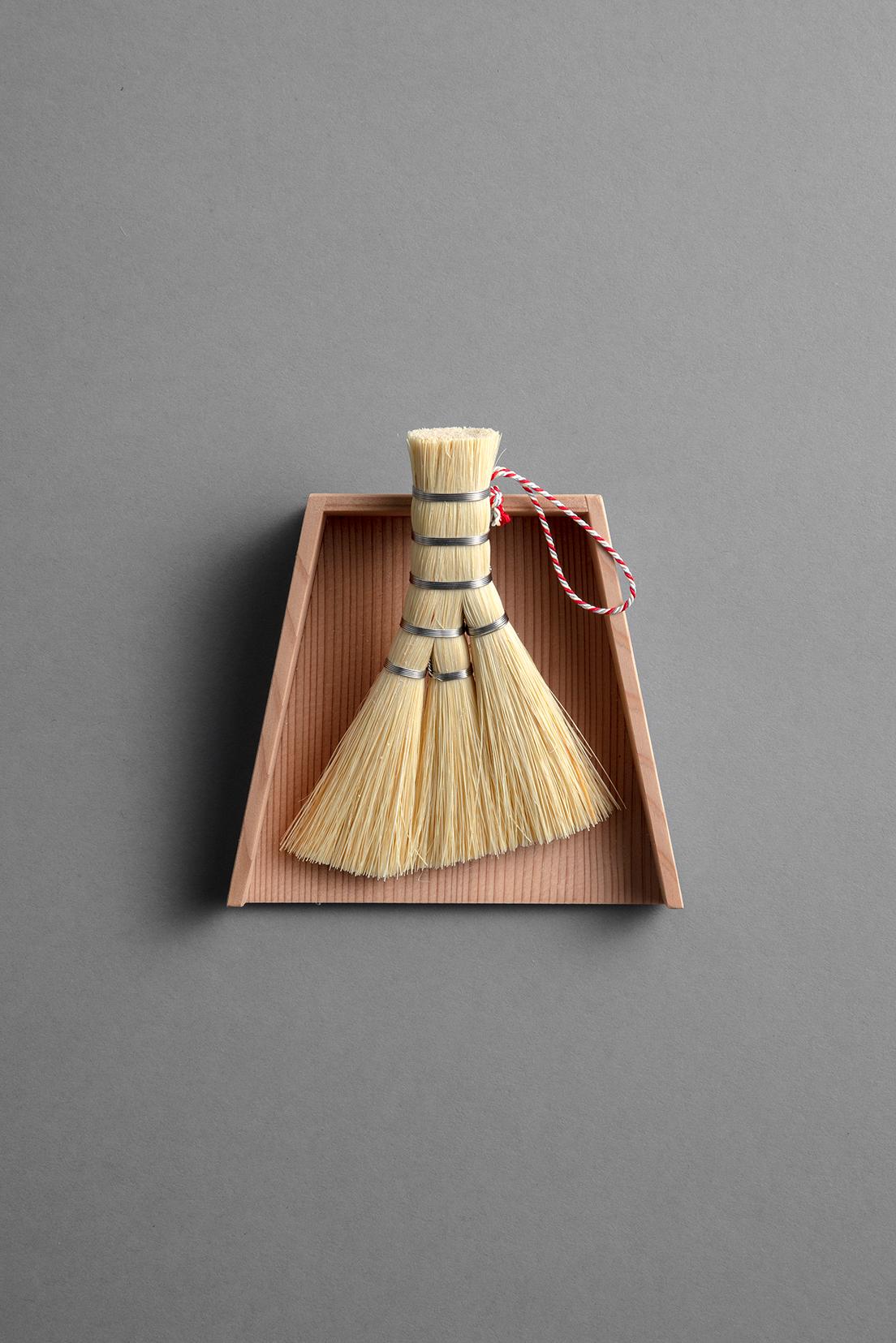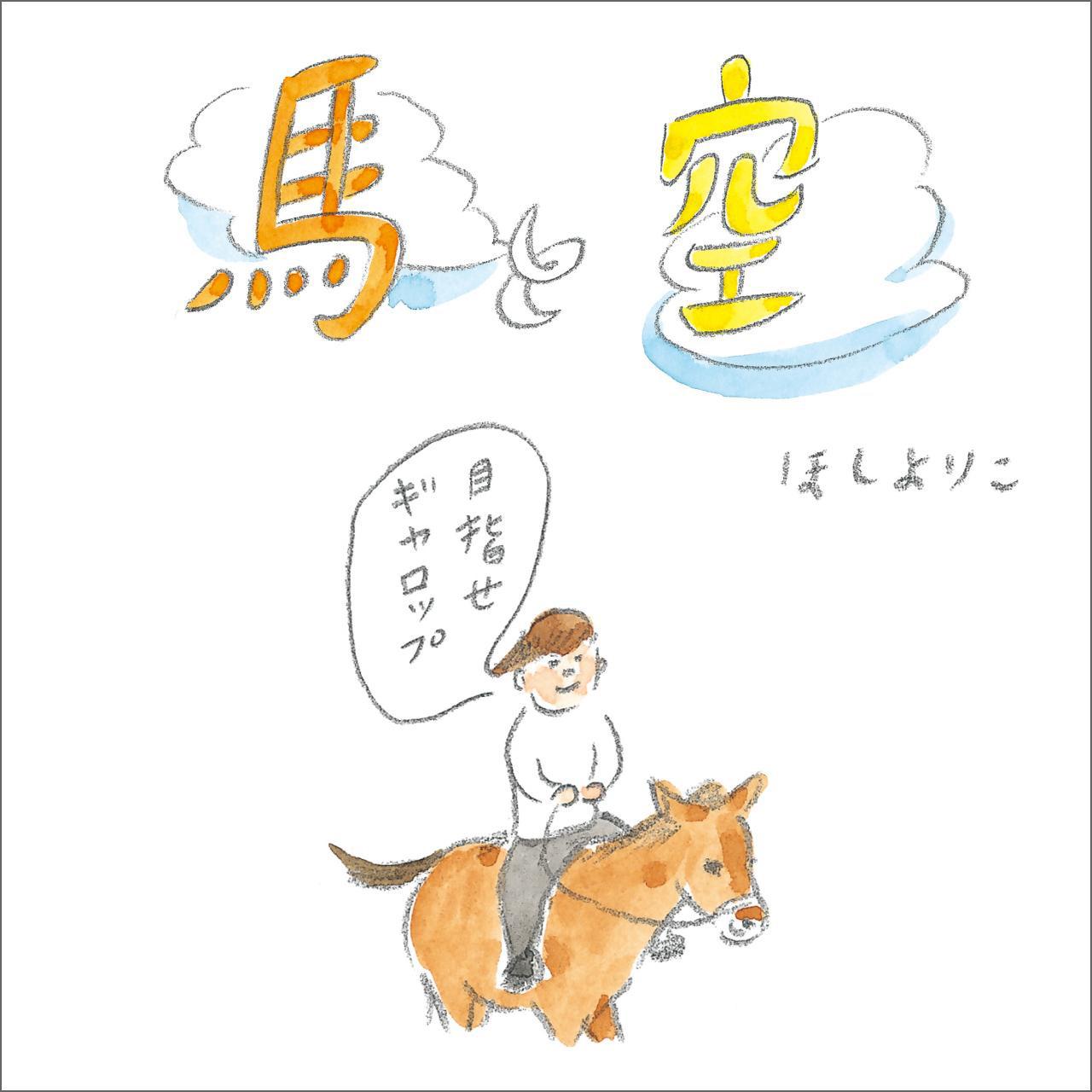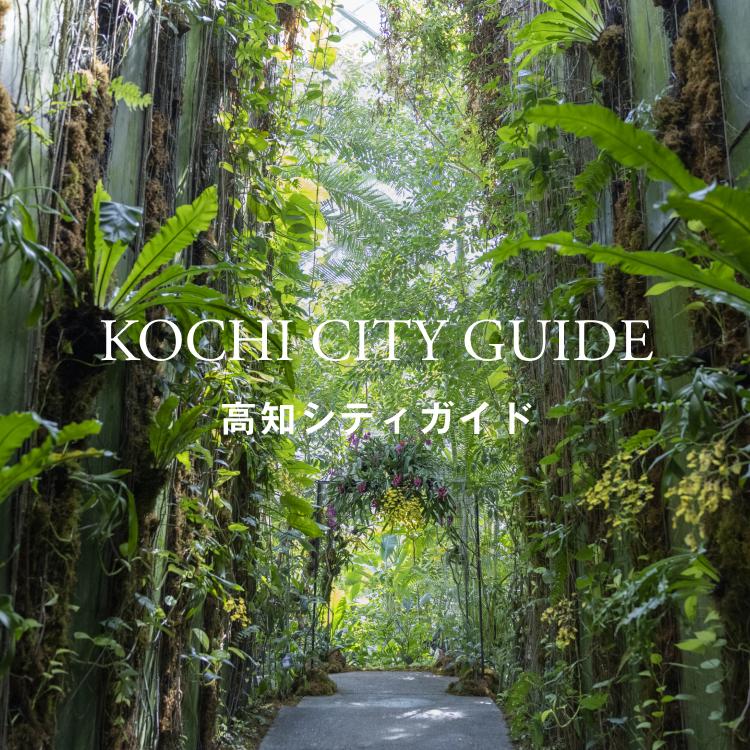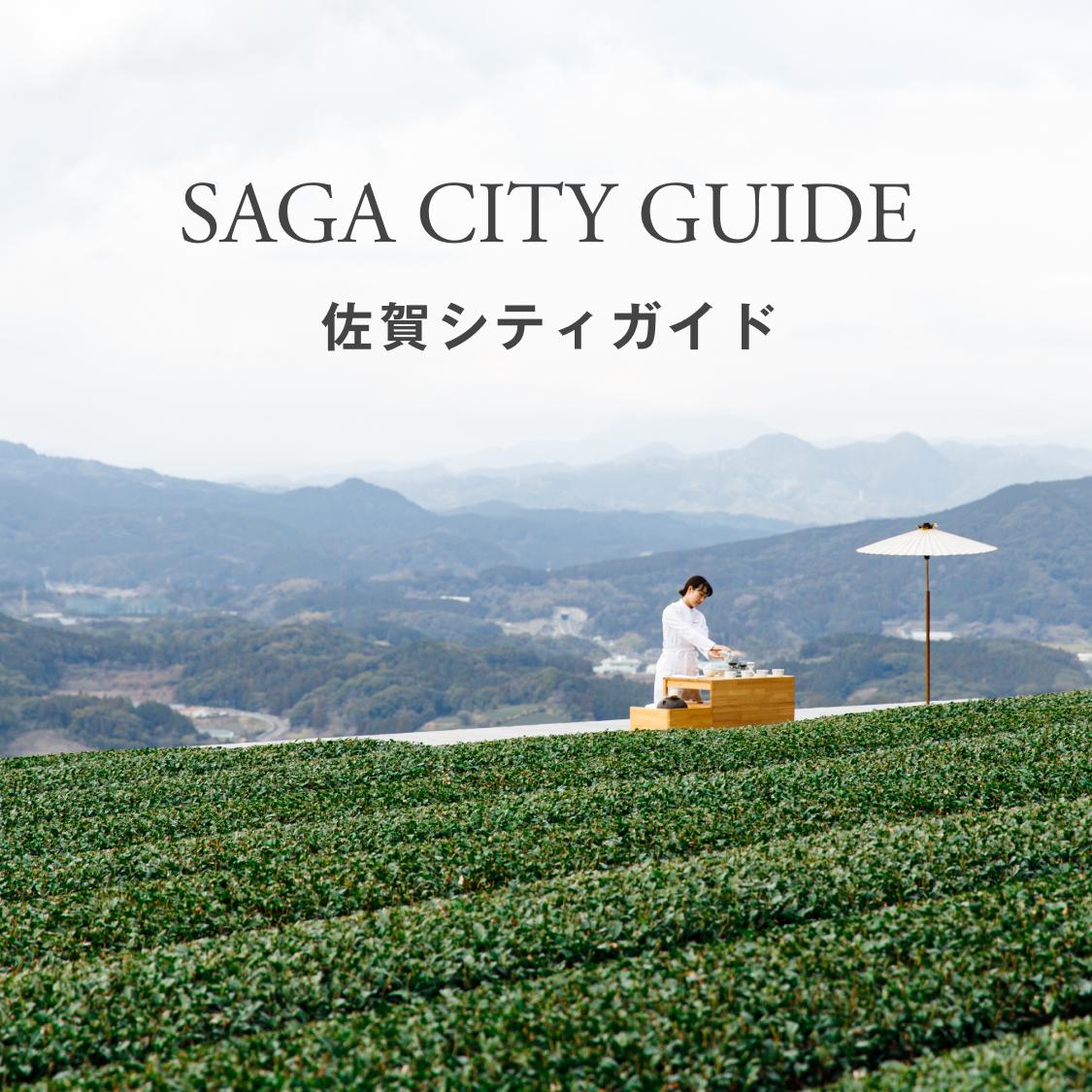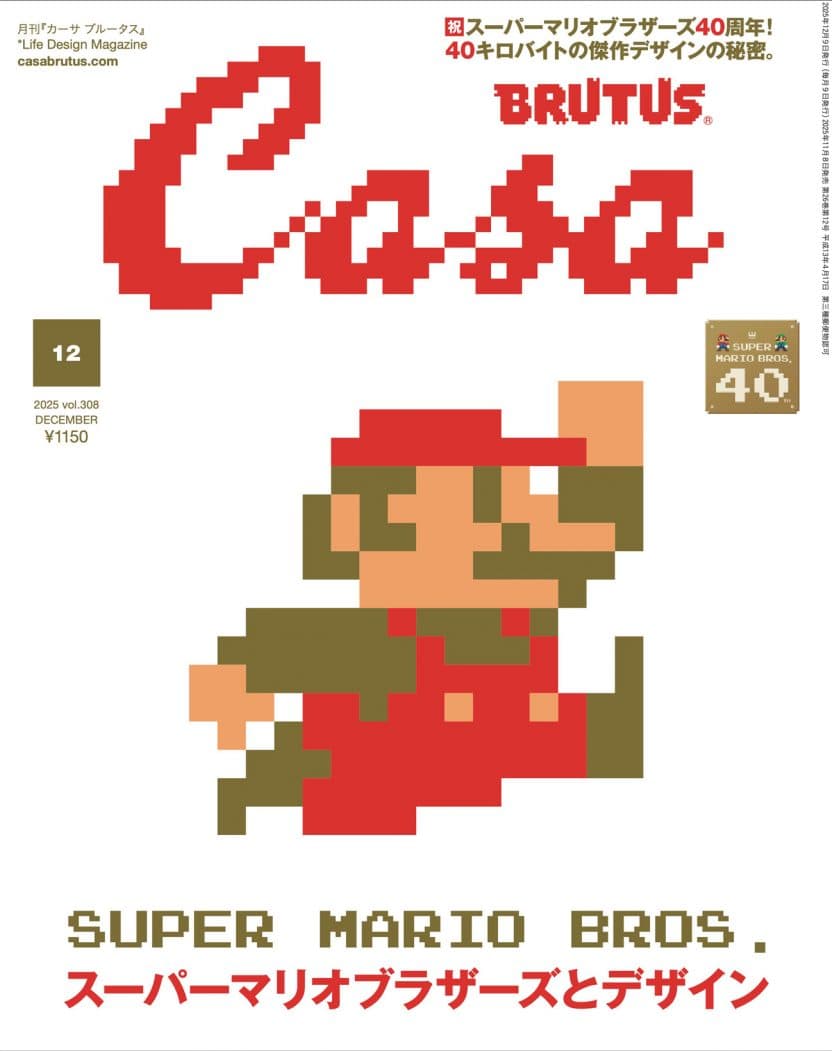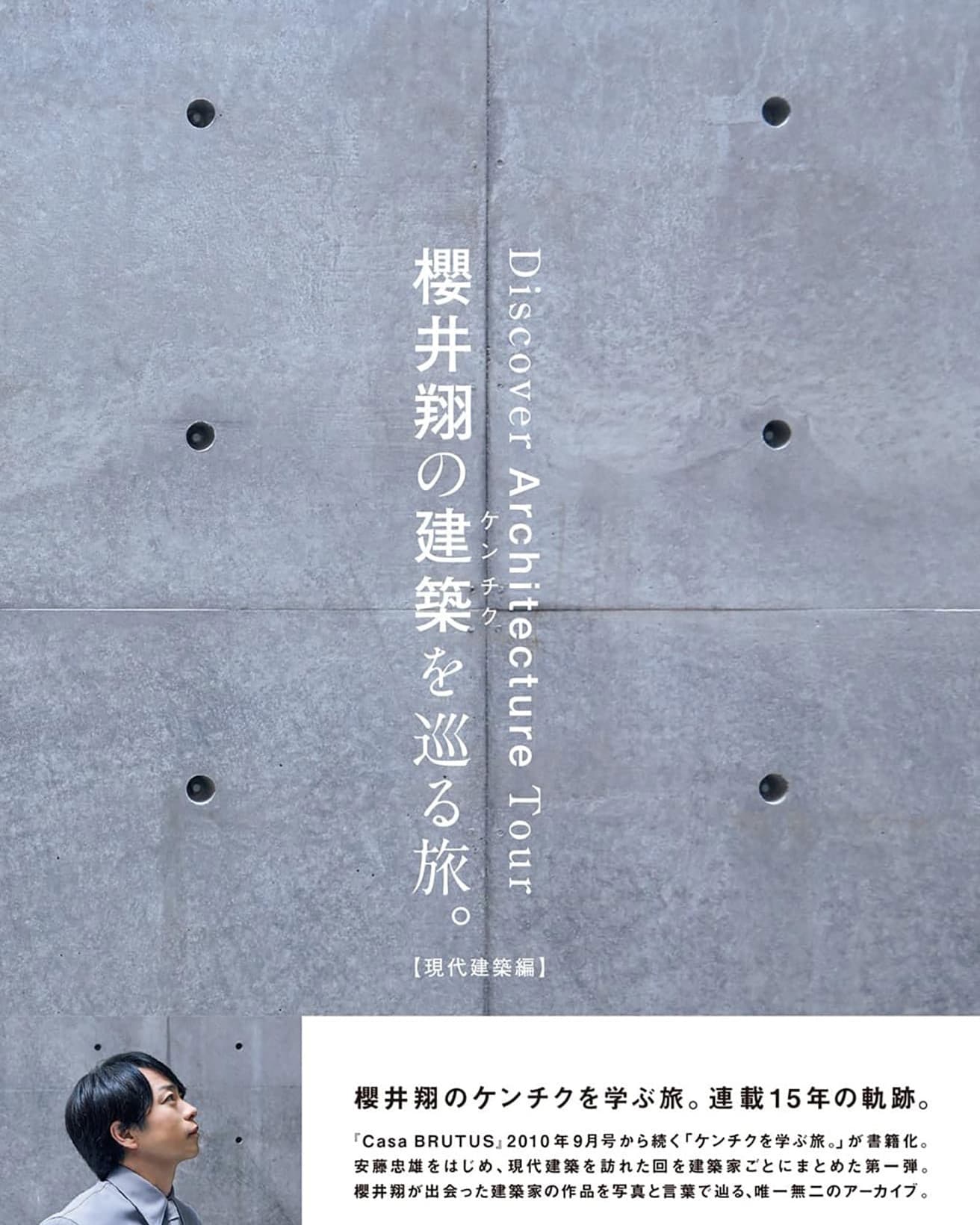DESIGN
Kokontozai: KASHIYUKA’s Shop of Japanese Arts and Crafts /[KOKESHI]
『カーサ ブルータス』2021年8月号より
| Design | KASHIYUKA’s Shop of Japanese Arts and Crafts | photo_Keisuke Fukamizu hair & makeup_Masako Osuga editor_Masae Wako translation_ Mika Yoshida & David G. Imber
Searching all of Japan for handcrafted items that express its heart and soul, our proprietor, KASHIYUKA, presents things that bring a bit of luxury to everyday life. Her pursuit this time took her to a hot spring town in Miyagi prefecture and an encounter with Sendai Kokeshi, a simple, traditional toy, lathed from local wood and hand-painted.
Loading...

